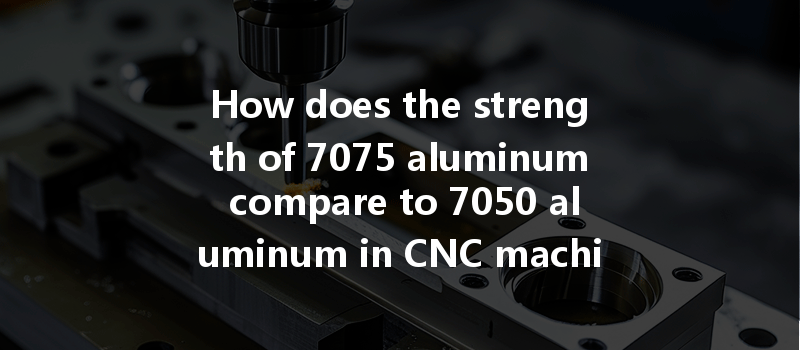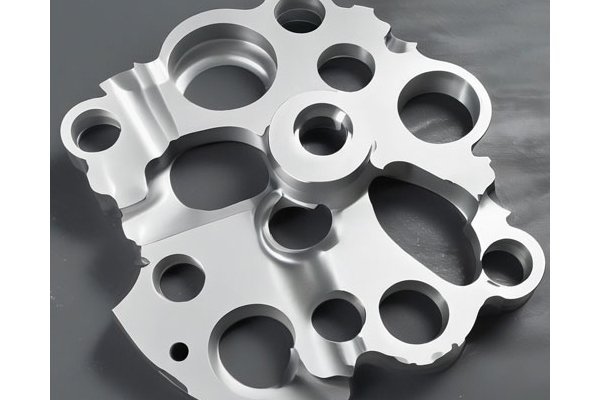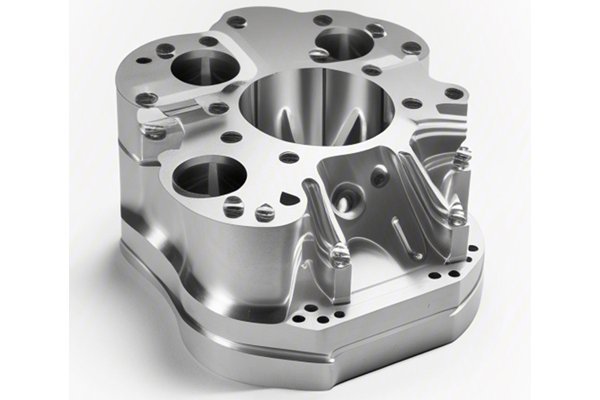Did you know that aluminum alloys make up around 20% of all metallic materials used in manufacturing today? Among these alloys, 7075 and 7050 are particularly renowned for their strength and durability, making them popular choices for CNC machining in industries ranging from aerospace to automotive. But what exactly makes these two aluminum alloys stand apart?
In this blog, we will explore the critical differences in strength between 7075 and 7050 aluminum, their unique properties, and their applications in CNC machining. We will also look at machining considerations, advantages, and potential drawbacks, equipping you with the information needed to make informed choices for your next project.
Overview of Aluminum Alloys
Before diving into the specifics of 7075 and 7050 aluminum alloys, it’s essential to understand what aluminum alloys are. Aluminum alloys are categorized into two primary groups:
7075 and 7050 are both wrought alloys, which means they are made by mechanical working at elevated temperatures, allowing them to achieve specific mechanical properties.
Strength Comparison: 7075 vs. 7050 Aluminum
Chemical Composition
The strength differences between 7075 and 7050 aluminum can largely be attributed to their chemical compositions. Both alloys are primarily composed of aluminum but vary in the percentages of other elements:
The variations in chemical composition lead to differences in mechanical properties:
Mechanical Properties
While both alloys exhibit remarkable strength, 7075 aluminum generally exhibits superior strength compared to 7050 aluminum. However, 7050 offers better resistance to stress corrosion cracking and is preferred in applications requiring high strength with enhanced toughness.
The Importance of Heat Treatment
Heat treatment plays a vital role in defining the mechanical properties of both 7075 and
Machining Considerations
When it comes to CNC machining, selecting the right material ensures optimal performance. Here’s why knowing the differences between these alloys matters:
7075 can be machined using standard tooling, though its high strength can lead to increased tool wear. Quick feeds and reduced depths of cut are advisable.
7050, while a bit easier on tools than 7075, still demands attention in terms of cutting speeds. Special tooling might be needed to maintain precision and minimize tool wear.
7075 often exhibits better surface finish capabilities due to its overall workability, while 7050 can sometimes yield a rougher finish if not machined correctly. Ensuring proper coolant usage and maintaining optimal speeds can help mitigate this issue.
Both alloys can experience complex residual stress patterns after machining. It’s crucial to balance machining conditions, such as speeds and depths, to control these stresses and maintain dimensional accuracy.

Applications of 7075 and 7050 Aluminum
Both aluminum alloys have unique applications in various industries.
7075 Aluminum Applications:
7050 Aluminum Applications:
Advantages and Disadvantages
Advantages of 7075 Aluminum
Disadvantages of 7075 Aluminum
Advantages of 7050 Aluminum
Disadvantages of 7050 Aluminum
Concluding Remarks
In summary, while both 7075 and 7050 aluminum alloys exhibit remarkable strength and functional properties, they serve different roles based on application needs. Understanding these differences is crucial for engineers, machinists, and manufacturers alike.
Choosing the right alloy can significantly impact your project’s success. From enhanced stress corrosion resistance to easier machinability, both alloys have unique offerings that should be carefully considered for optimal outcomes.
As you reflect on this comprehensive look at the strength differences and machining considerations of 7075 and 7050 aluminum, remember: the right material choice can lead to improved efficiency, project effectiveness, and ultimately, innovation in your field. Understanding such technical distinctions will allow you to make informed decisions that benefit not just your immediate project but the broader aspirations of your business or industry.
So the next time you’re weighing the benefits of aluminum alloys for your next project, ask yourself: How does the strength of 7075 aluminum compare to 7050 aluminum, and what does that mean for my application? Your projects deserve that strategic thought!






